Motion sensors to turn on the light are devices that detect the movement of objects, and as a result, close the circuit and the light turns on. This is a general concept, and household sensors are often devices that work on the basis of infrared radiation, which all living things emit. Such sensors have found distribution in, most often - in the implementation. With their help, it is possible to save electricity, because when the device is triggered, they turn on, and after a set time they automatically turn off.

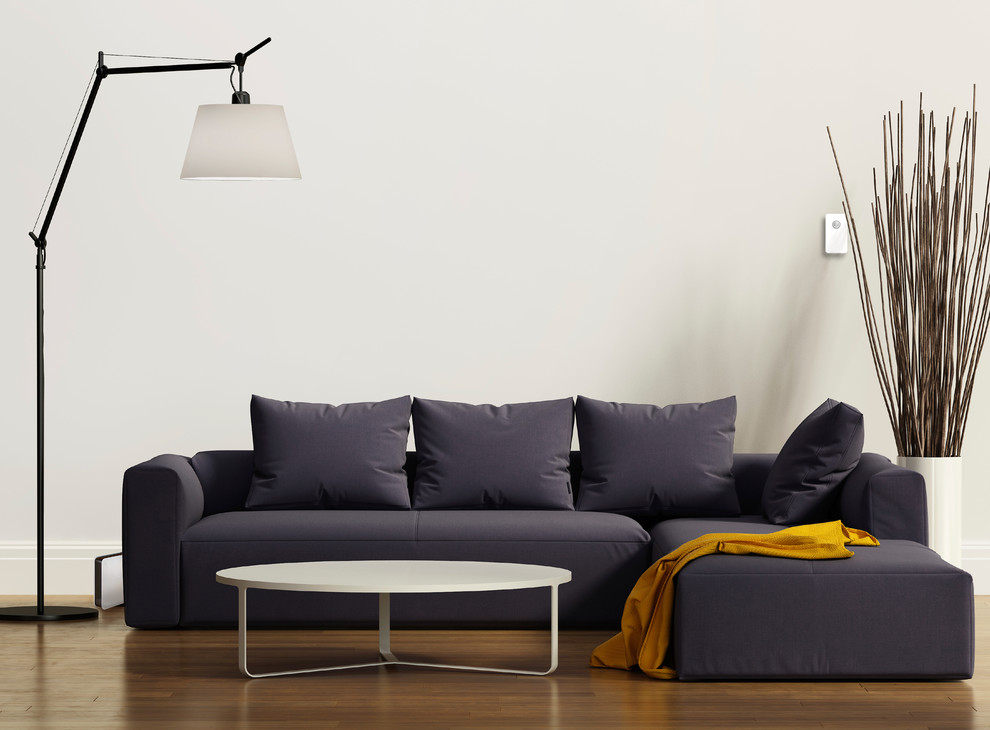
Where are they used?
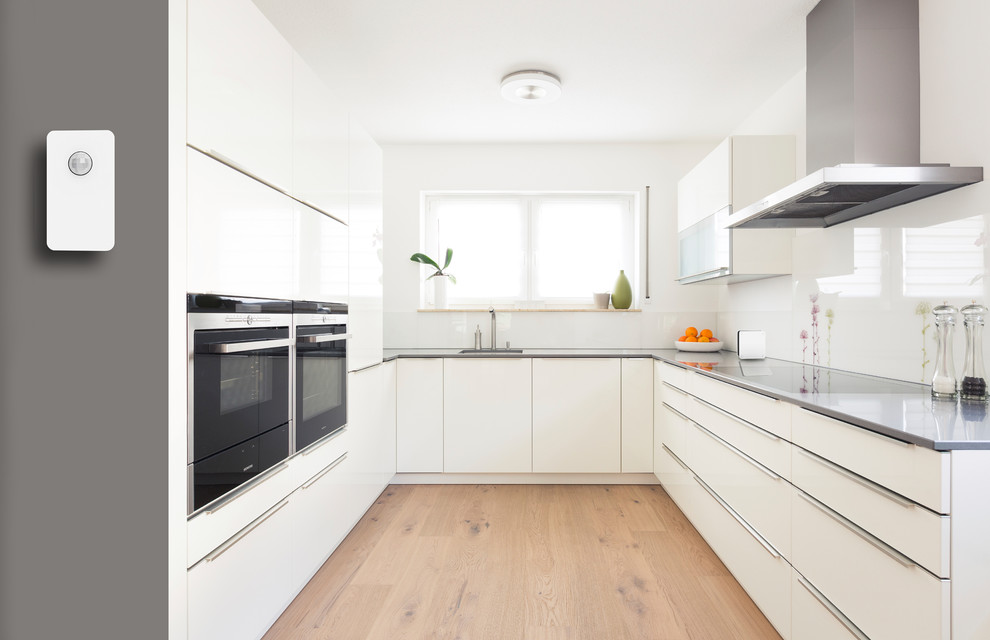
Different areas of use of motion sensors are due to their functionality. Most often they are used in lighting. In certain places it is simply necessary:
- basements, pantries, and other places where it is difficult to find a switch. In addition, getting into such a place, a person sometimes has busy hands;
- walkways such as stairs, entrances, corridors. Here people appear often, but not for long;
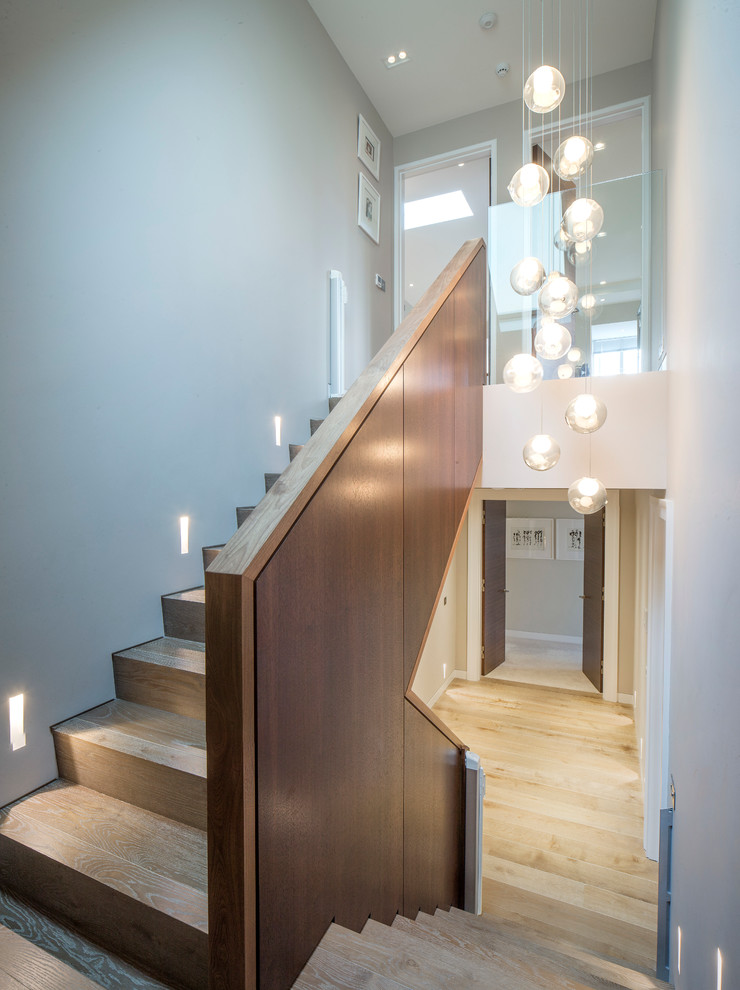
- in those places where you need to turn on the lighting in advance. entrance to the garage, house entrance doors etc.;
- in security systems. In this case, not only signal lighting is turned on, but also a sound siren.
Types

There are different motion sensors, depending on the place of its installation, one or another type must be selected. They differ in the method of action and are: infrared, microwave, ultrasonic and combined. We offer a comparison of the characteristics and capabilities of different types of sensors.
infrared sensor
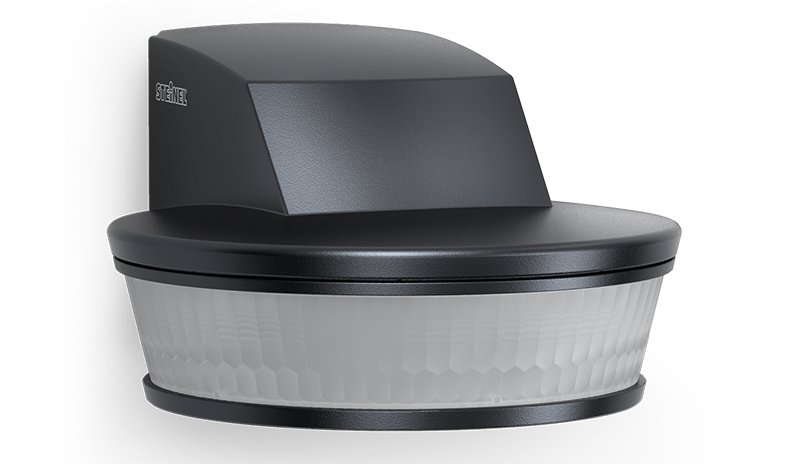
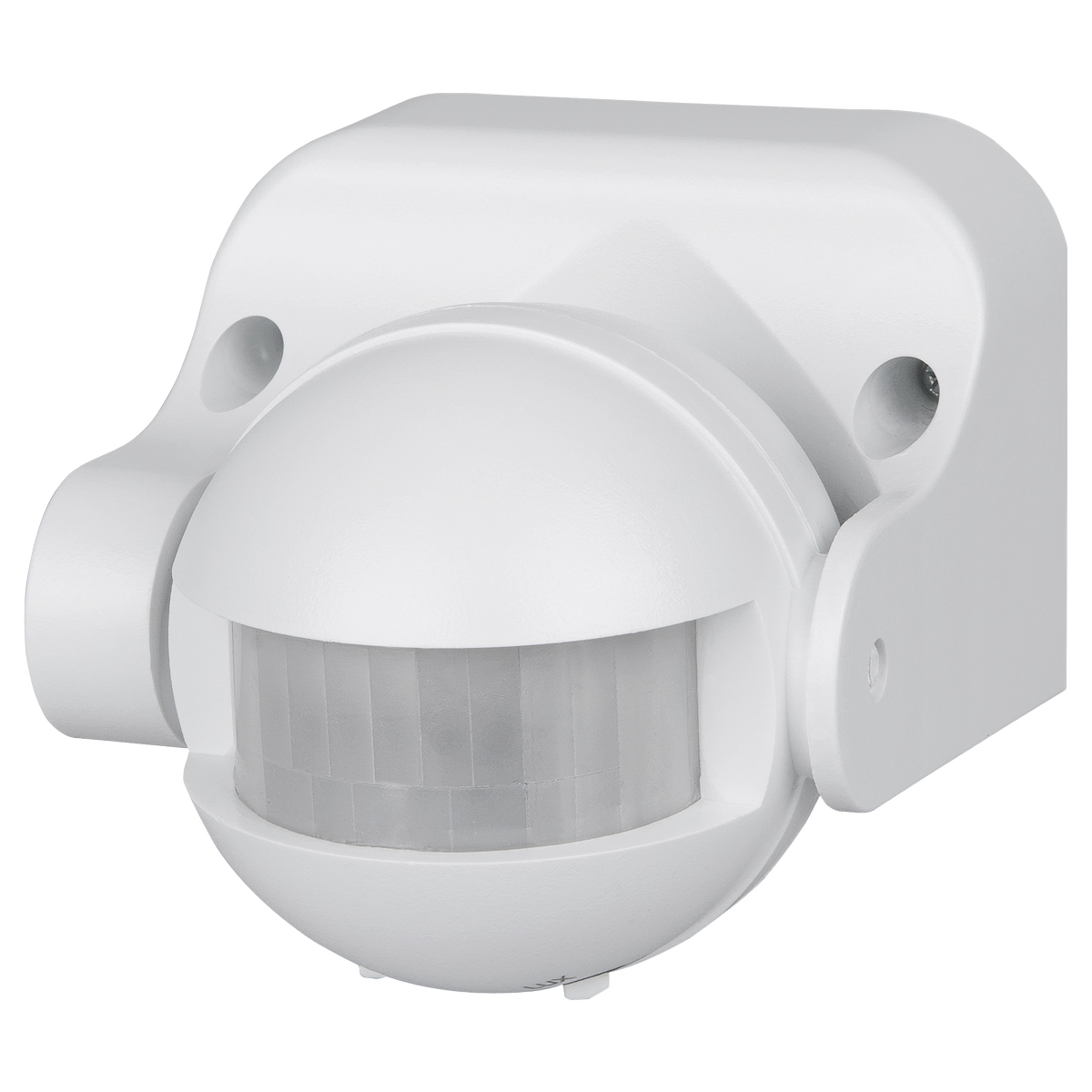
The principle of operation of such a device is based on the infrared radiation that every object has. It works when there is a change in the thermal (infrared) radiation of objects that fall within the radius of action. As part of such a device there are lenses in the amount of 20-60 pieces, depending on the sensitivity. In the process of moving the object, the lenses are alternately fixed on it, if one of them detects changes, the automation is activated, and the device turns on the light.
Advantages:
- for such, you can adjust the range and detection angle;
- convenient to use as outdoor sensors;
- in the process of work do not affect human health.

Infrared motion sensors do not have a harmful effect on human health
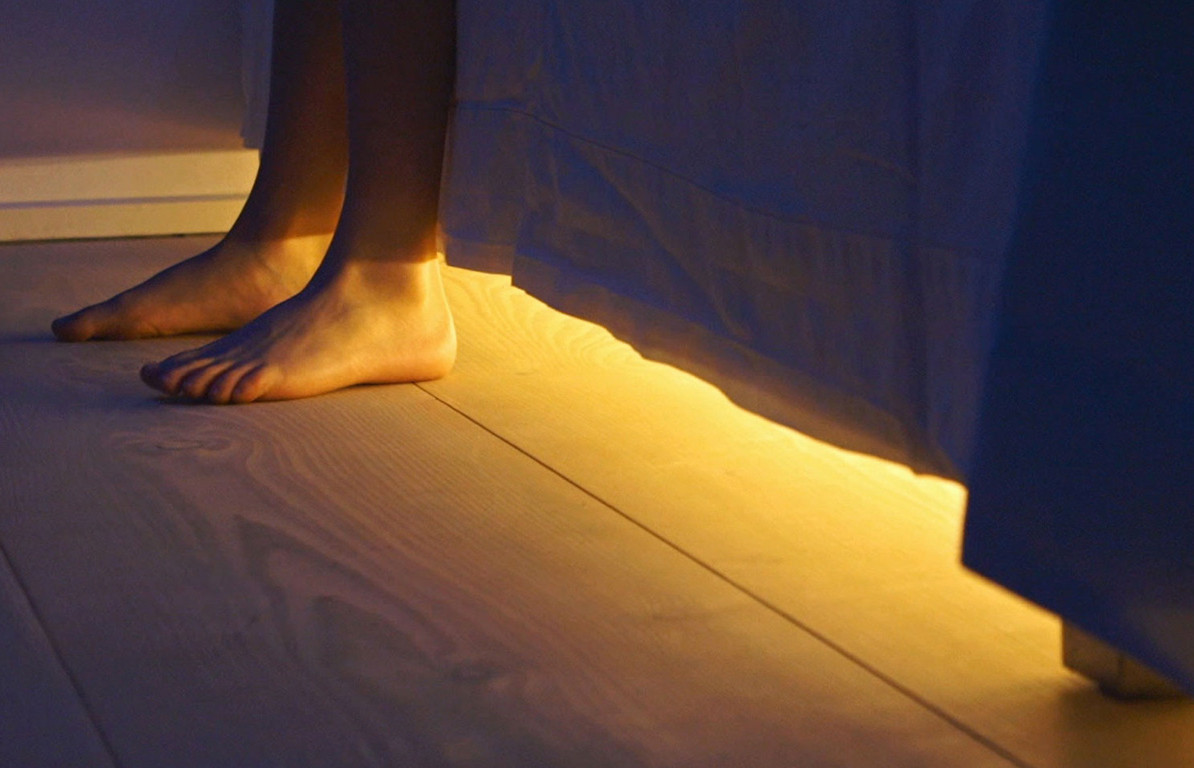
Flaws:
- probably a false positive. For example, such a sensor can respond to a flow of warm air from household appliances;
- on the street, its accuracy is reduced. Negative factors for this type of devices are direct sunlight, precipitation and others;
- coating with non-transmissive material for IR radiation will not work on objects.
Ultrasonic
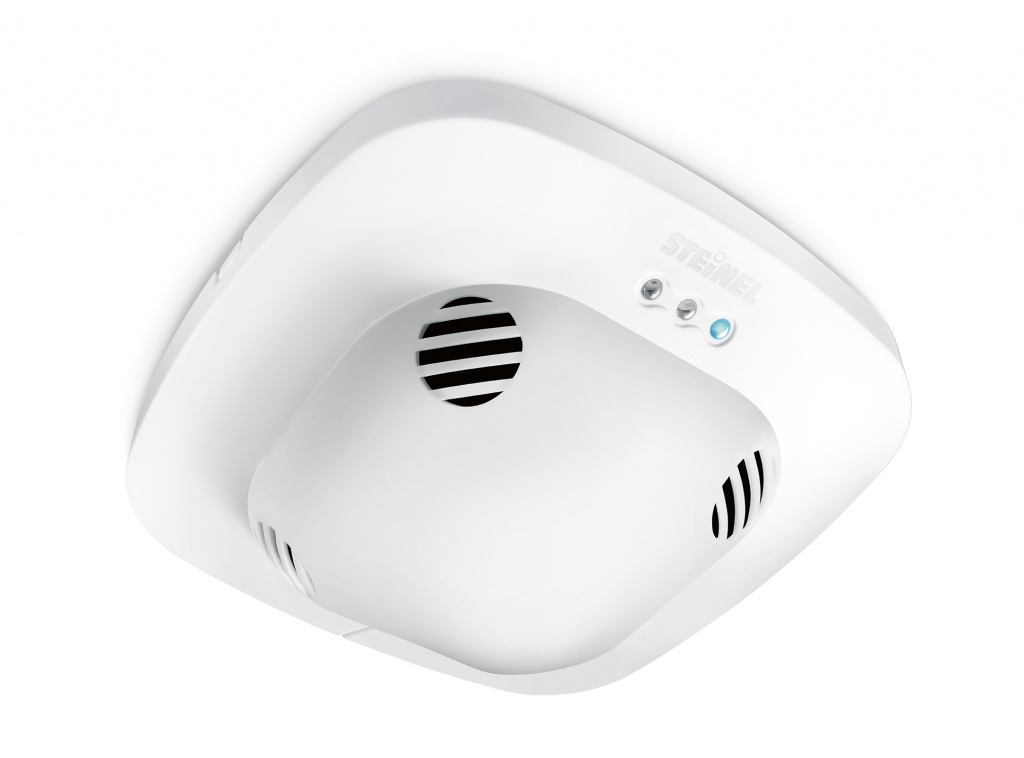
The principle of operation of the ultrasonic motion sensor is different. It monitors the state of the surrounding space using sound waves. Its frequency is beyond the range of hearing for the human ear. If a frequency change is detected, a trip occurs.
Inside the instrument is a sound wave generator. It can be of different frequencies - 20 ... 60 kHz. The waves are reflected from objects that are around, then return back to the sensor receiver. If a moving object appears in the coverage area, the frequency of reflections changes, which gives a signal to the device to operate on turning on the light.
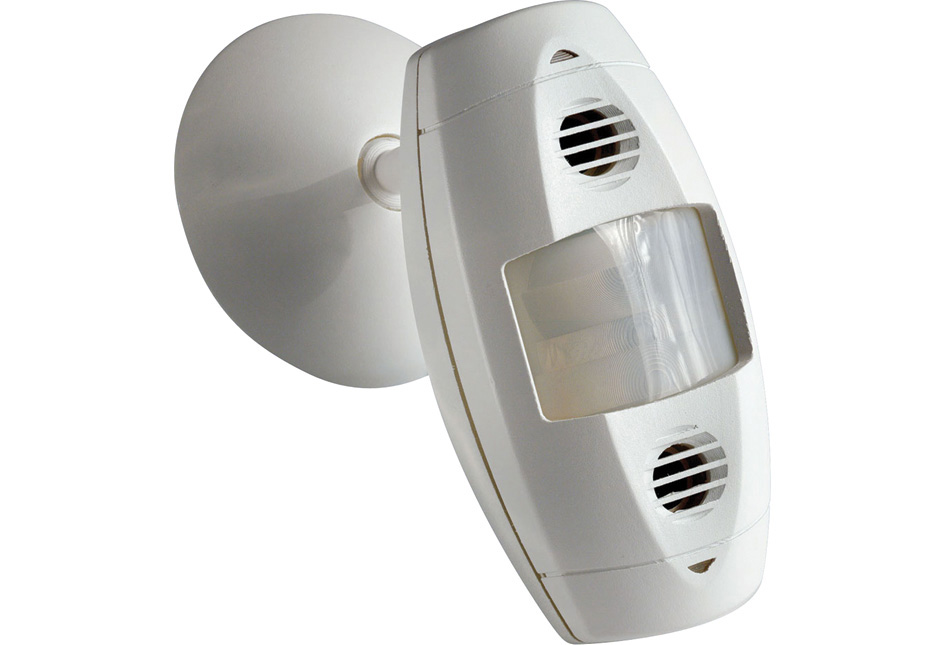
Interesting to know! Especially often such sensors are used in car parking sensors and in blind spot monitoring systems. In lighting, they are used to turn on the light in long corridors and on stairs.
Advantages:
- cheapness;
- does not suffer from environmental influences;
- can determine the movement of any object;
- installed under any temperature conditions.
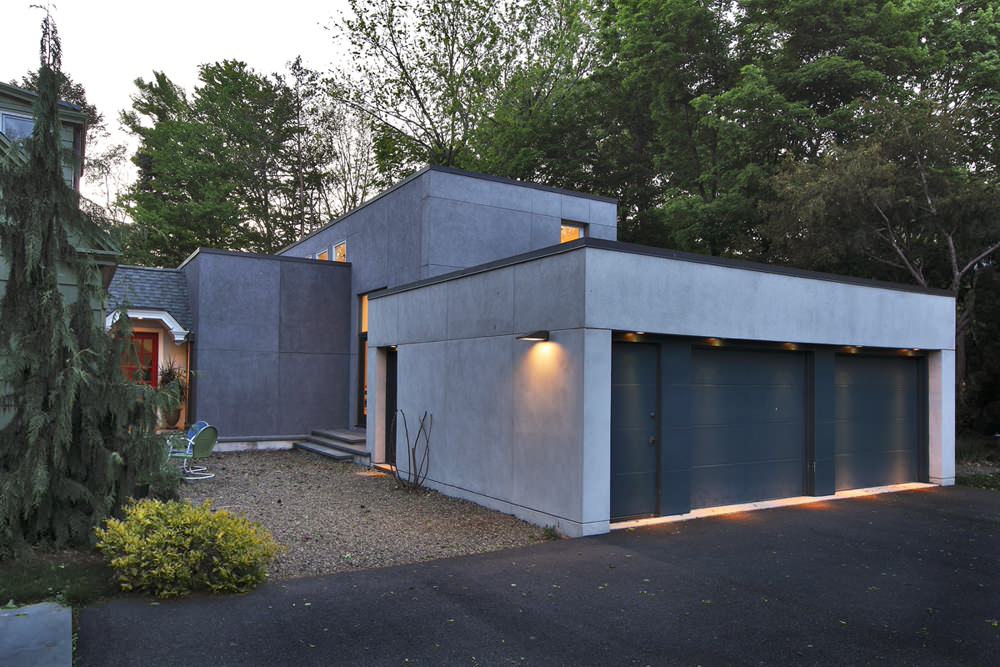

Flaws:
- ultrasonic waves that are not perceived by humans. Have an impact on pets, they feel severe discomfort;
- have a short range;
- triggered by sudden movements, smooth movement can deceive the device.
Microwave sensors
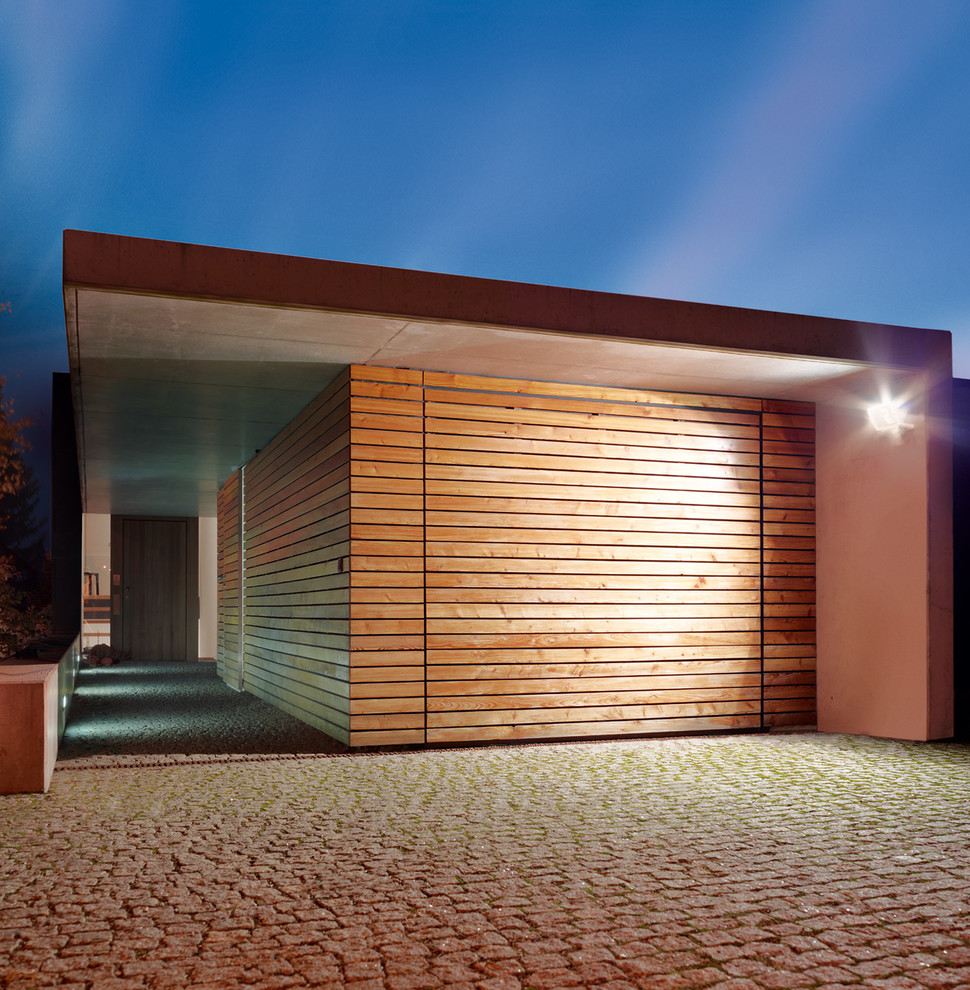
Such a device emits electromagnetic waves. Their frequency is different, but the standard option is 5.8 GHz. These waves, reflected from objects, are fixed by the sensor, minimal changes force the microprocessor to give a command to trigger the sensor.
The principle of operation of this is similar to how the previous device works. But the peculiarity is that not just ultrasonic waves, but ultra-high ones are used to diagnose the condition. At that hour, as in the range of action there is a conductive object that moves, the mechanism is triggered.

Advantages:
- can detect movement even through walls and glass;
- temperature does not affect its operation;
- detects minimal motion changes;
- has a small size;
- some models are able to control several independent detection zones.
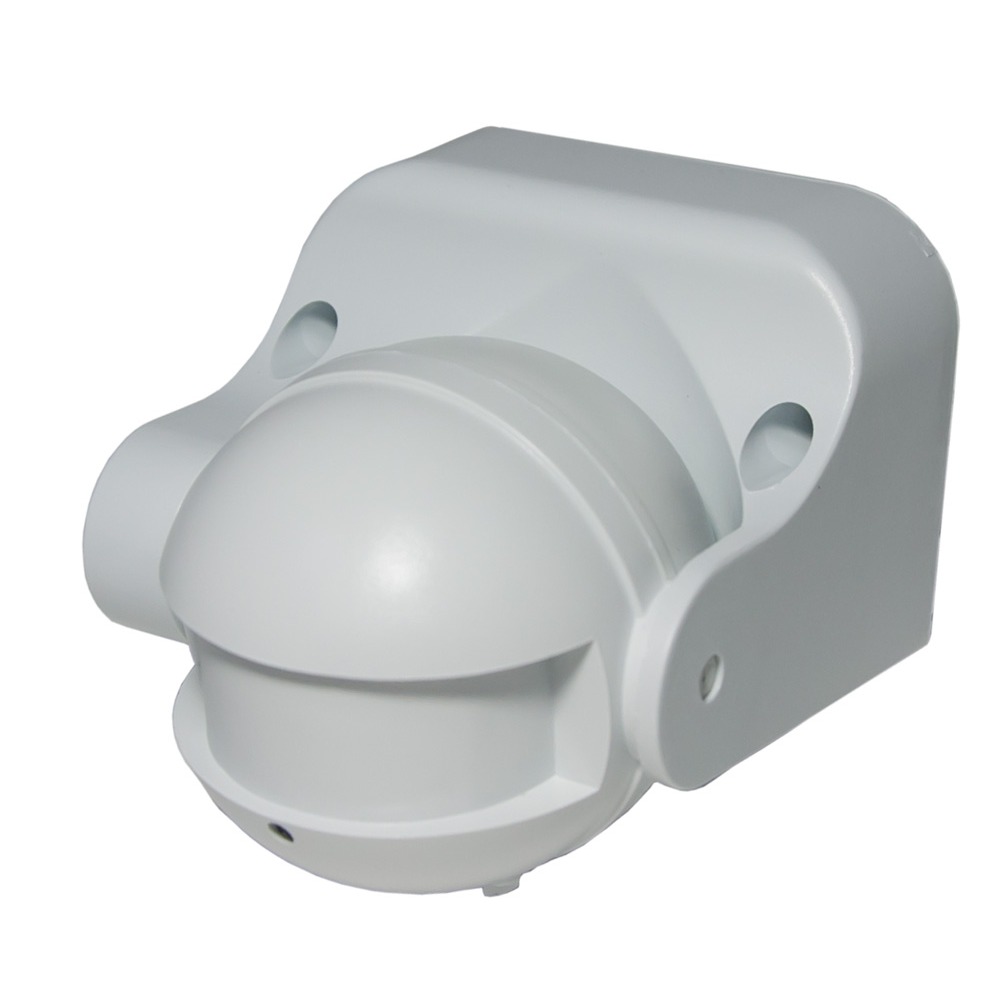
Flaws:
- high price, especially when compared with other sensors of similar characteristics;
- may work falsely. For example, if there is a window in the coverage area, but you need to work only within the room;
- Microwave radiation is hazardous to human health. In accordance with the data, radiation density up to 1 mW / cm kV is considered a safe indicator. For this reason, it is worth buying such low power sensors.
Combined sensors
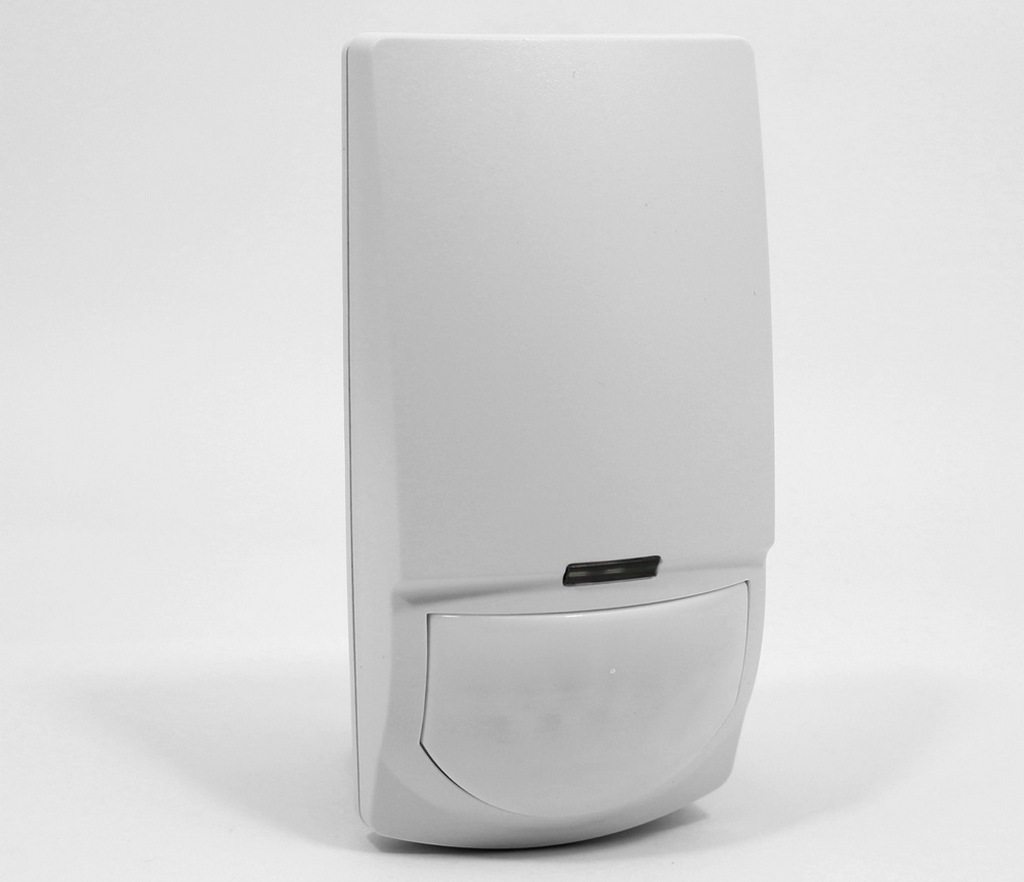
Crow SWAN 1000 is a combined passive infrared and microwave (Doppler based) detector
Already by the name it is clear that these combine several of the types proposed above. The best solution for precise sensor response is a combination of infrared and microwave. It is also often possible to find parallel operation of several devices of different types in the same coverage area. This is how maximum productivity is achieved.
Important Features
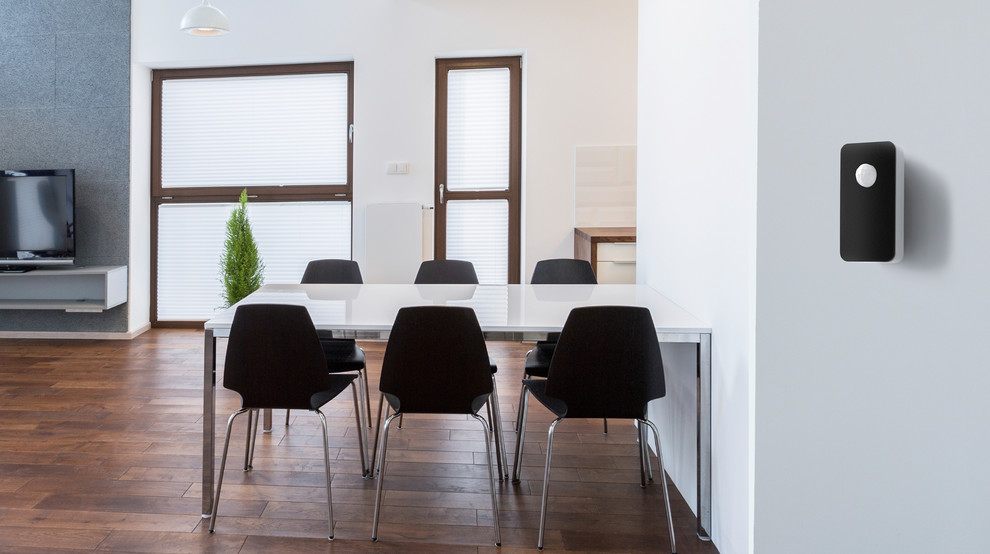
Before installing a motion sensor, you need to make the right choice, because not all of them are suitable for lighting fixtures. Key Features:
- Pole. Devices are two or three-pole. The former work exclusively with incandescent lamps, the latter are suitable for any lamps.
- Range (coverage area). For different types / models, it differs and varies between 3-12 meters.
- Angle of detection in the horizontal plane. For example, the most common IR sensors have 60-360 degrees.
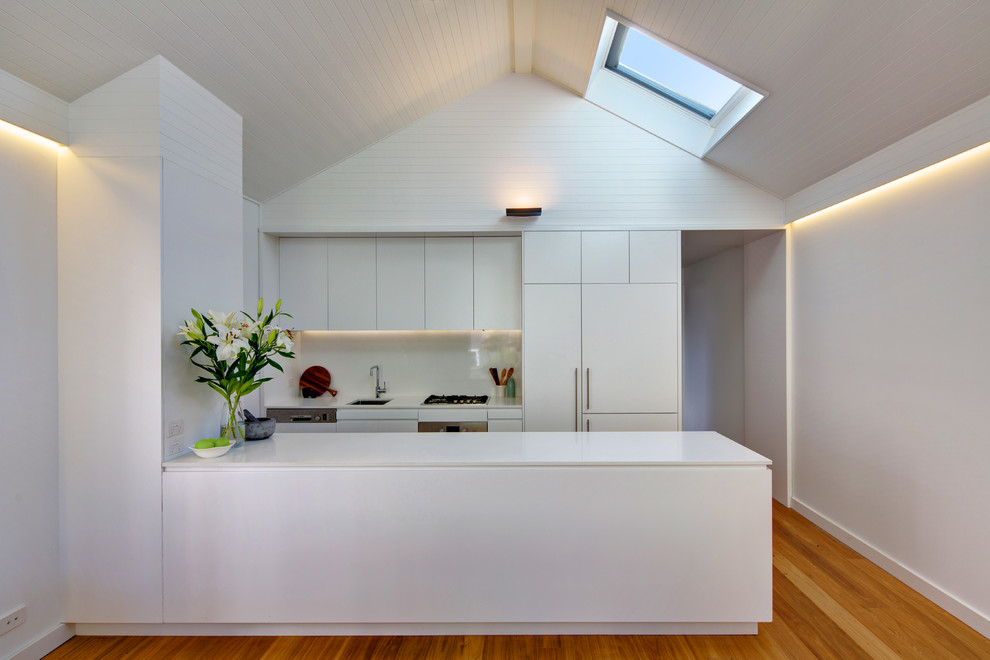
- Rated load power. If the total load from lighting devices is connected to the sensor more than allowed, it will be necessary to install an intermediate relay. And it is better to mount two sensors and distribute the load between them.
Important! Fluorescent and energy-saving lamps have reactive power, this must be taken into account when designing.
- Power supply. These data are indicated in the characteristics of the device. Often they work from a 220V network, and their minimum power does not exceed 1W.

Motion sensors for turning on the light: types by mounting method
According to the mounting method, the sensors are ceiling-mounted and wall-mounted. The choice depends on the area of the room and the coverage area.
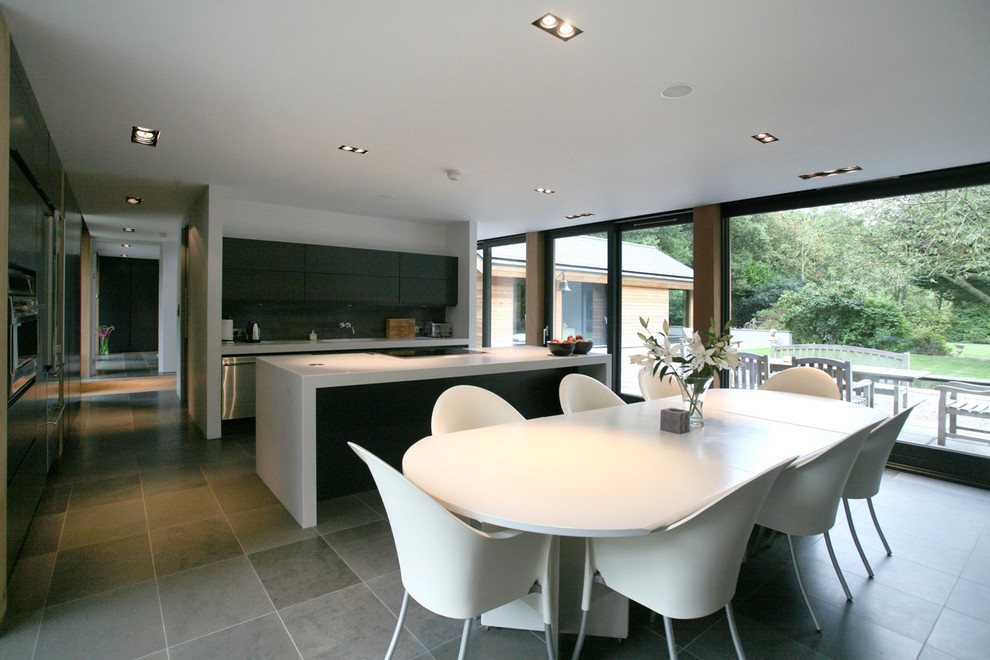
Ceiling - controls the area in a radius of 360 degrees. Its rays diverge in the form of a cone from the ceiling, their angle is 120 degrees. They create a barrier with many rays and if someone intrudes into the area of action, the circuit closes, the automation works and the sensor turns on the light. The installation height depends on the model and coincides with the standard ceiling height - 2.5-3 m. The coverage area is within 10-20 meters. They perform best when used in small spaces to control entry from all 4 sides.

Wall mounted have a wider range of uses. They are an excellent option for outdoor and indoor installations. They, similarly to the first type, create a multi-beam barrier, upon intrusion into which a relay is triggered, the light immediately turns on. The mounting height is within 2-2.5 meters, just below the ceiling height. The angle of the beams is 90 degrees, the coverage area is 10-15 meters.
How to install a motion sensor?
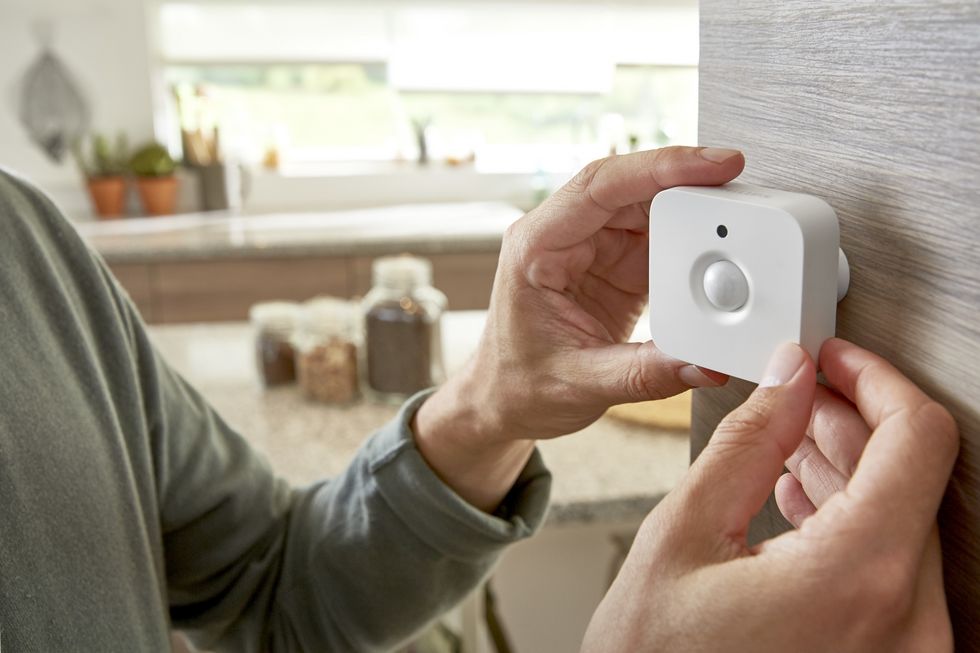
Do-it-yourself installation and configuration of the sensor is not difficult. It is no more difficult than hanging or mounting an outlet. A good location is the corner of the room.
Important! When installing the sensor and connecting it, the 220V voltage must be turned off.
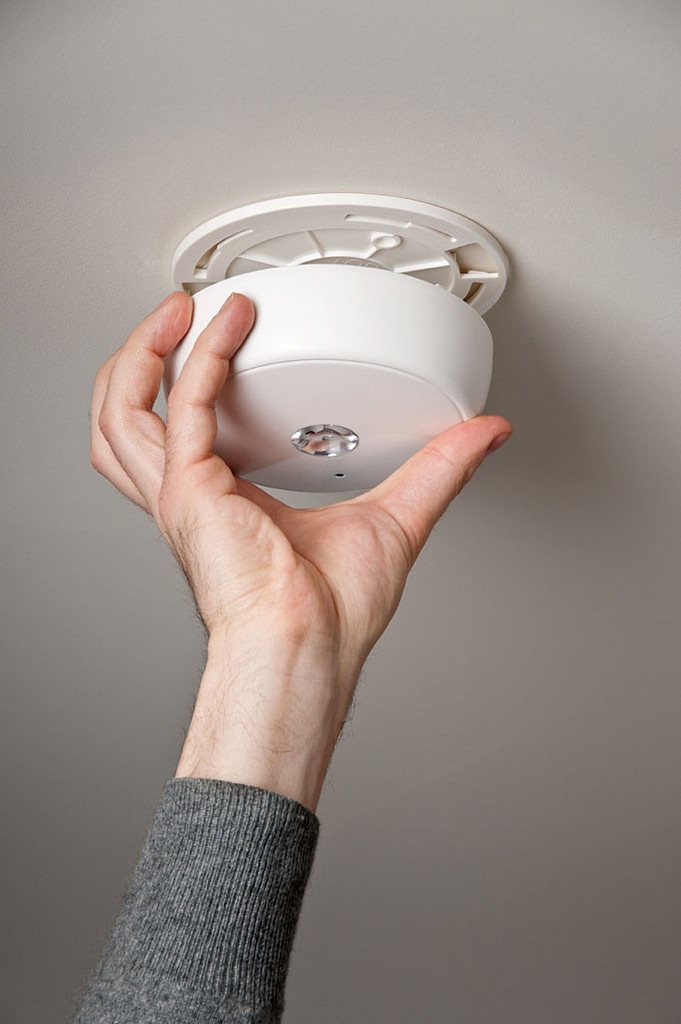
Each package with a sensor contains installation instructions, a diagram of its connection. General sequence:
- phase and zero are connected to the sensor;
- the phase passes through the device and is connected to the lighting device;
- the other end of the lamp is connected to zero.
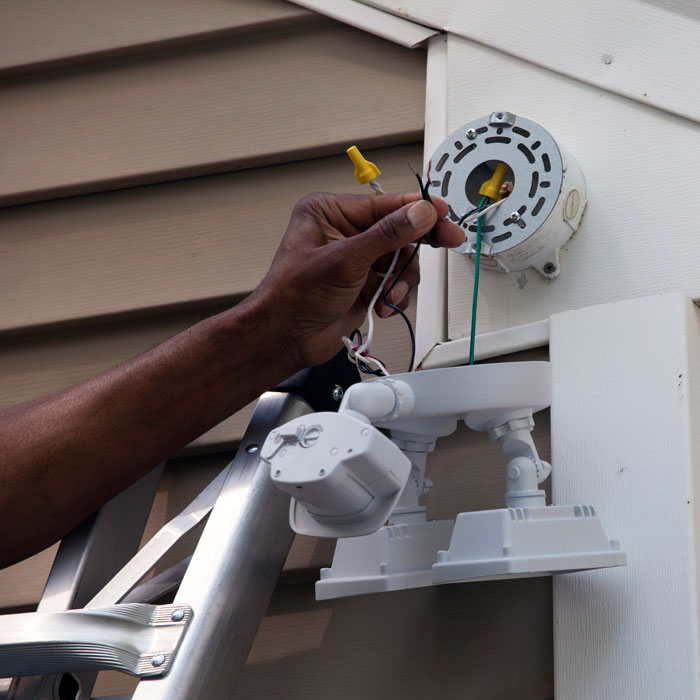
When movement occurs in the coverage area, the contact closes, and the sensor is triggered, and the phase switches to the lamp.
Inside the sensor itself there is a block with colored wires. They stand for:
- blue wire - zero core;
- brown or lilac - output phase;
- red - input phase.
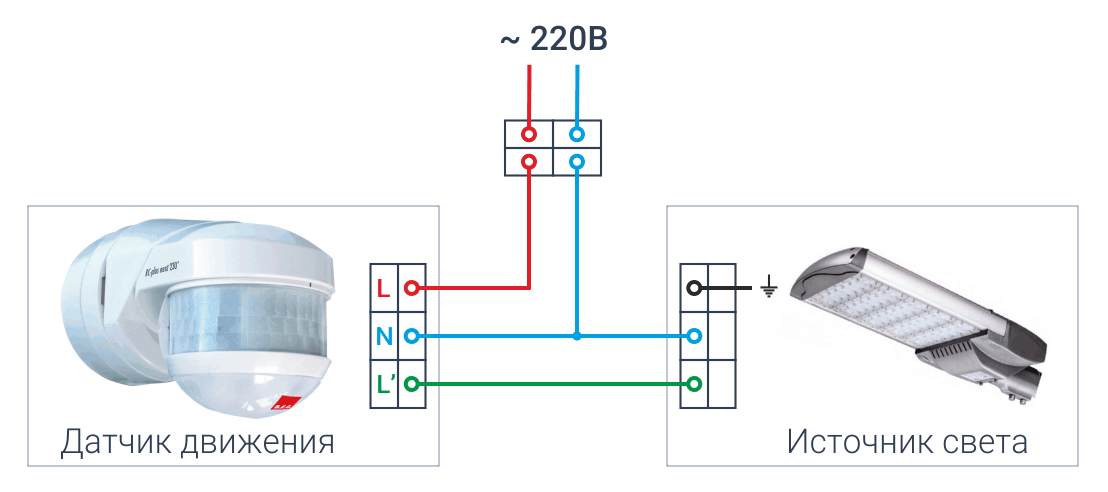
In order to connect the sensor correctly, you should use the circuit diagram in the instructions, with the knowledge gained it will be easy to do.
